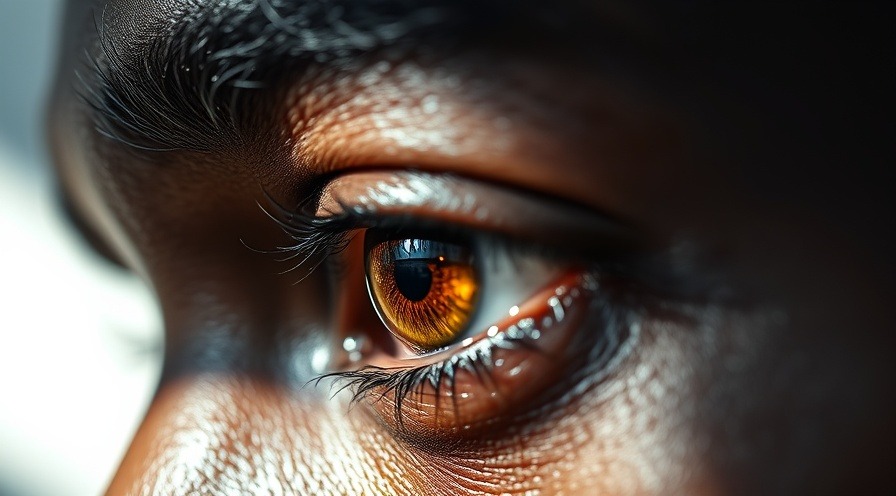
Understanding Conjunctivitis: An Overview
If you've ever experienced red, itchy eyes or heard the term "pink eye," you might be more familiar with conjunctivitis than you think. This common eye condition can stem from various sources, and understanding the differences can help you seek the right treatment. In this article, we'll look at two main culprits: papillae and follicles, and see how each relates to eye infections and irritations.
In 'Conjunctivitis: Papillae Vs Follicles', the video explores key insights into these two types of inflammatory nodules, prompting us to delve deeper into their significance.
The Distinct Features: Papillae vs. Follicles
When you visit an eye specialist with red or irritated eyes, one of the first things they’ll examine is the inside of your eyelids. They look for two primary types of inflammatory nodules: papillae and follicles. Papillae are usually small, raised bumps that show significant redness at their center. They typically indicate conditions like bacterial infections or allergies. Notably, giant papillary reactions can occur due to long-term foreign bodies like contact lenses, leading to noticeable swelling on the upper eyelid.
On the other hand, follicles are distinct in their bulbous shape and often have a yellow or white top, surrounded by tiny blood vessels. These are most frequently associated with viral infections, though they can rarely appear in a specific type of bacterial conjunctivitis known as adult inclusion conjunctivitis. Distinguishing between the two is crucial for appropriate diagnosis and treatment.
Why It Matters: The Importance of Asking Questions
Your eyes are essential, and understanding what causes their discomfort is the first step to recovery. If you pull down your lower eyelid and see inflammation, it’s worth consulting an eye doctor. Symptoms like these shouldn’t be ignored, as they may indicate a more significant issue. Always remember, while general knowledge is helpful, only a professional can provide a proper diagnosis and treatment plan tailored to your needs.

Tips for Eye Care: Prevention and Maintenance
A proactive approach to eye health goes a long way. Here are some simple tips to keep your eyes healthy:
Maintain proper hygiene, especially if you wear contact lenses.
Avoid touching or rubbing your eyes frequently to minimize irritation.
Keep your living space clean to reduce allergens that can exacerbate eye conditions.
Utilize lubricating eye drops to soothe irritation if you experience dryness.
Conclusion: Take Action for Eye Health
It’s essential to pay attention to your eye health, especially if you notice symptoms like redness and irritation. Consulting an eye doctor can help you identify whether you’re dealing with papillae or follicles and provide you with the right treatment options. Remember, taking charge of your eye health is a positive step toward overall well-being!
 Add Row
Add Row  Add
Add 




 Add Row
Add Row  Add
Add 

Write A Comment